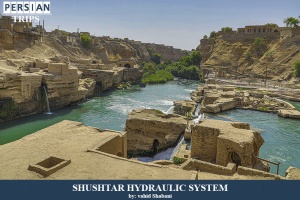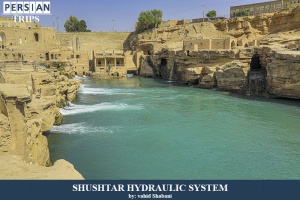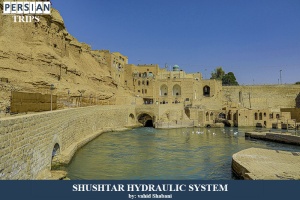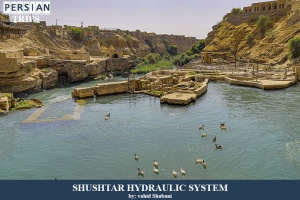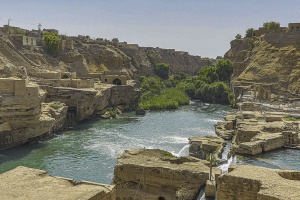Shushtar Historical Hydraulic System
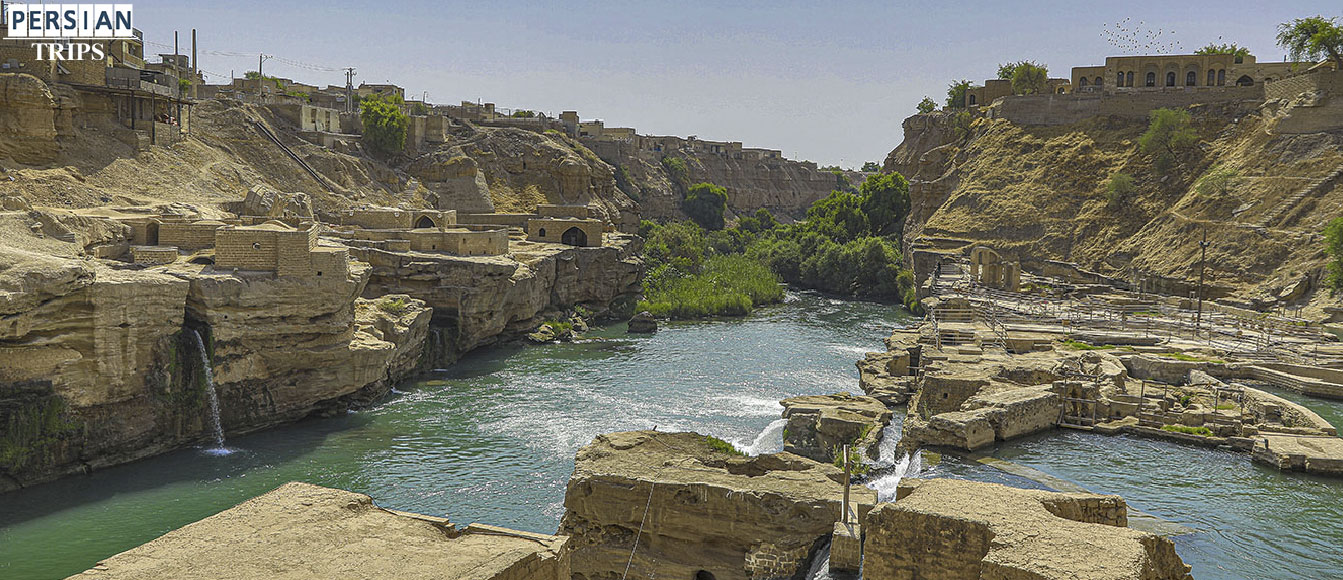
Iran is a semi-arid country where life has always been dependent on agricultural products and water.
For this reason, from the very beginning of the formation of the government in Iran, the royal dynasties have focused their efforts on providing water resources and managing its distribution. Construction of various dams, waterways, aqueducts, canals and mills is one of these measures. One of the most important sites left from the 2500-year-old water supply system of ancient Iran, which is still in use today, is Shushtar Historical Hydraulic System, located in Khuzestan Province. The grandeur and engineering used in this site is so amazing and innovative that a large number of world travelers and researchers consider it the most complicated and the largest engineering complex in history, before the industrial revolution in Europe. Now let's get to know a little more about this ancient engineering masterpiece.
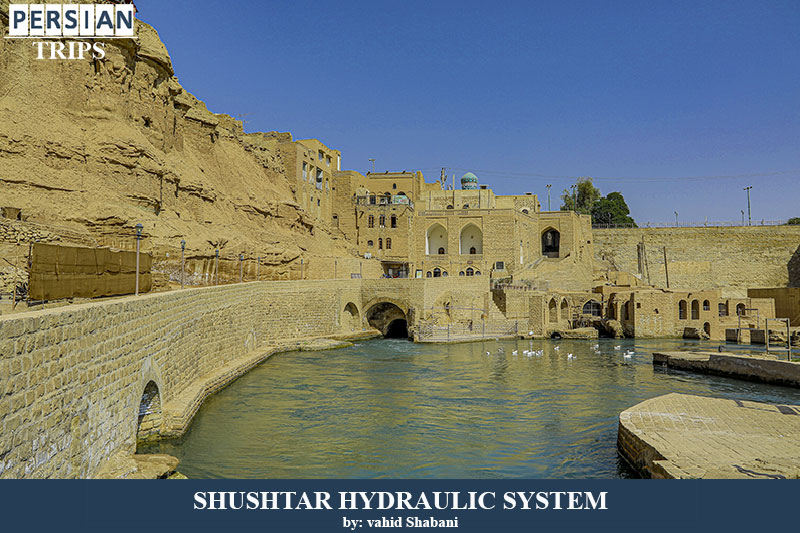
Shushtar water structures are not merely a single building; Rather, they are a set of 13 buildings that bring the water of Karun River to the city through a hydraulic mechanism and irrigates the surrounding agricultural lands. These 13 structures, which started from the Achaemenid period and were gradually completed in the Sassanid era, include bridges, dams, water mills, canals, waterfalls, and tunnels for water transfer and conduct. The most important part of the entire structure is Shushtar waterfalls and water mills complex.
The Costruction History of Shushtar Historical Hydraulic System
The construction history of the structures is as interesting as seeing it. Shushtar and Khuzestan are among the oldest regions ofearly civilizations with a long history in the field of agriculture. The Elamites were among those who had creative tools and methods to supply and distribute water needed for agriculture. After that and during the Achaemenid period, Darius the Great started the construction of water structures in Shushtar; at first, the structure irrigated one of the plains around Karun River. During the Seleucid and Parthian periods, the project of expanding the structure was stopped until the Sassanids put the structure expansion plan on their agenda; first, Ardashir I added several buildings to it.
Lack of human forces that bothered Iranian engineers was solved during the time of Shapur I. After defeating Valerian the Roman Emperor, he forced him and his soldiers to work on water structures, so the entire structure was completed at this time. Today, the castle from which Shapur supervised the work of the Roman prisoners still remains. This structure was restored and renovated in the following periods and has preserved its original use until today, in addition to its architectural and historical aspects.
The Other Functions of This Huge Structure
As mentioned, the main task of the structure was to supply and distribute drinking water and agricultural lands, but it has other uses besides that including cooling the air in the region, grinding wheat harvested from agricultural lands, providing a part of the budget needed by the government through collecting taxes and renting land, providing provisions and grain to Tisphon (the capital of the Sassanids) and finally, preventing Karun overflow and flood.
The 2500-year old Iranian engineering is still standing. Shushtar Historical Hydraulic System is definitely one of the wonders of the ancient world !!!
Tags: Khuzestan Province, Shushtar Historical Hydraulic System, khuzestan Attractions , UNESCO World Heritage Sites, Iran Historical Attractions, Hydraulic Systems in Iran
